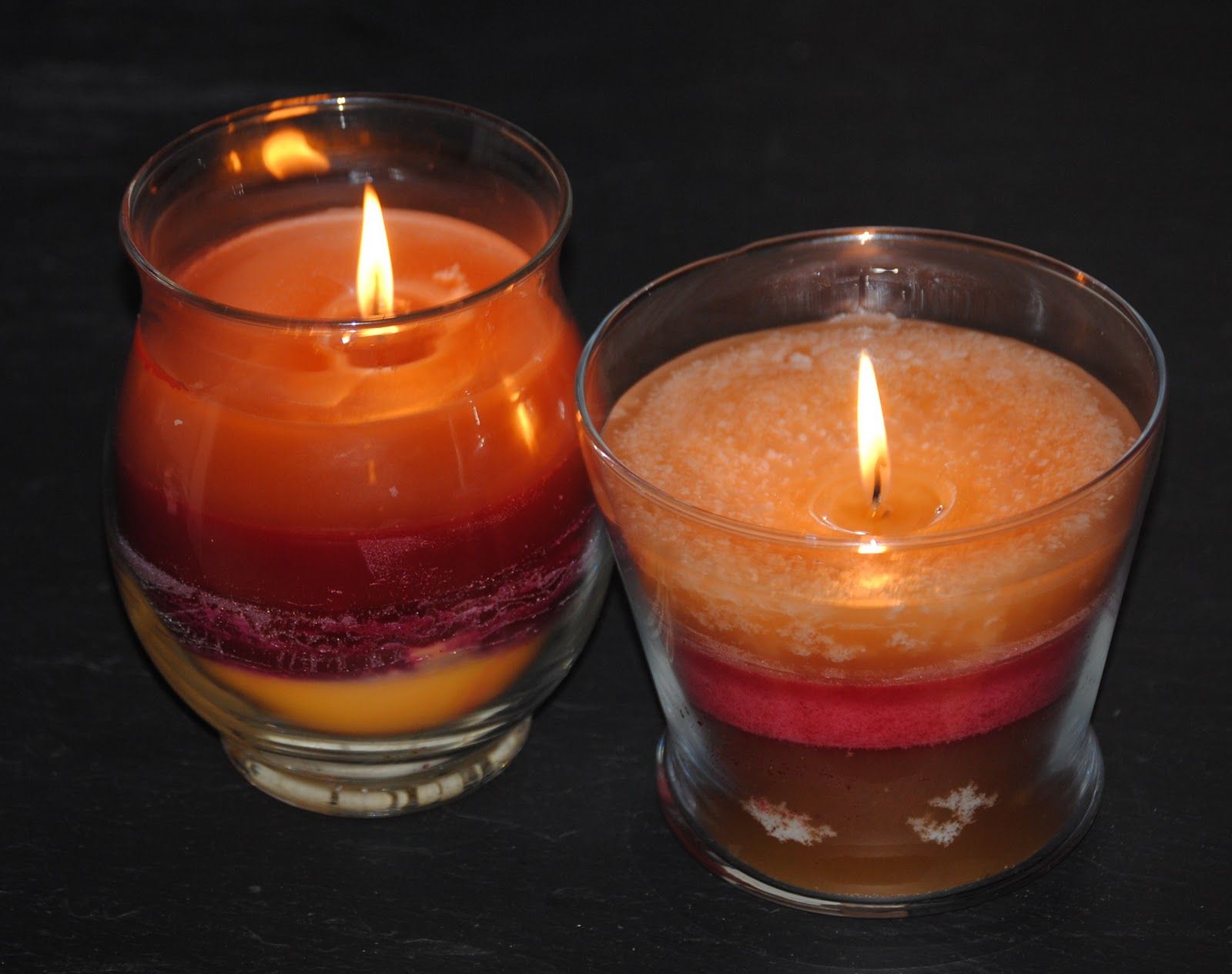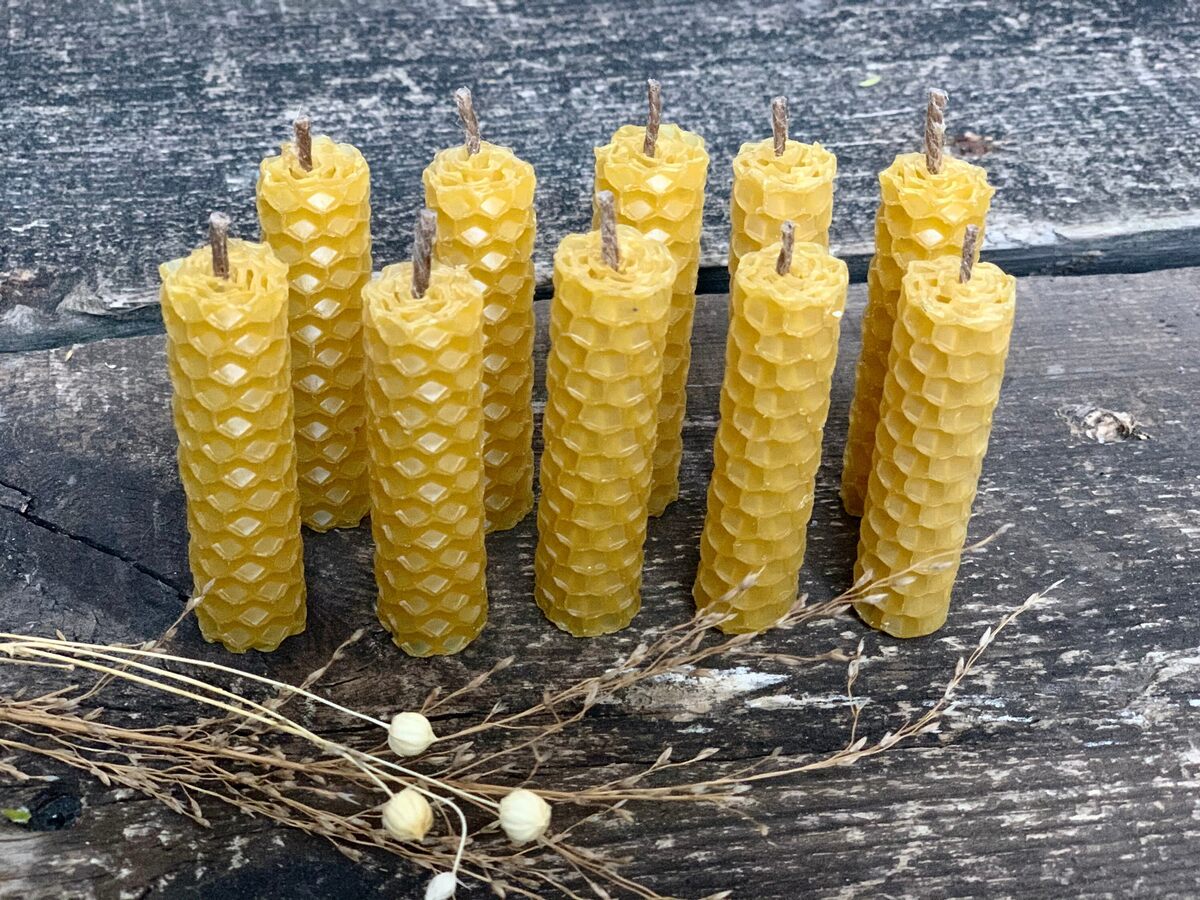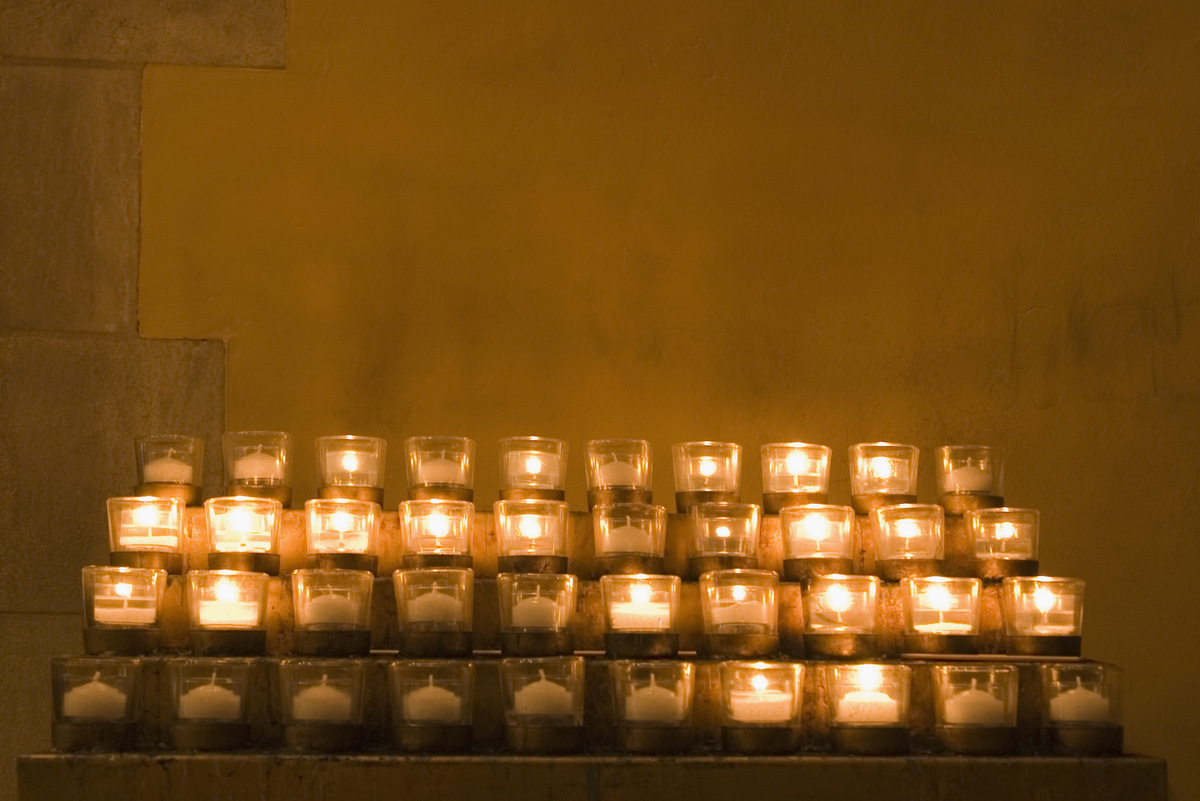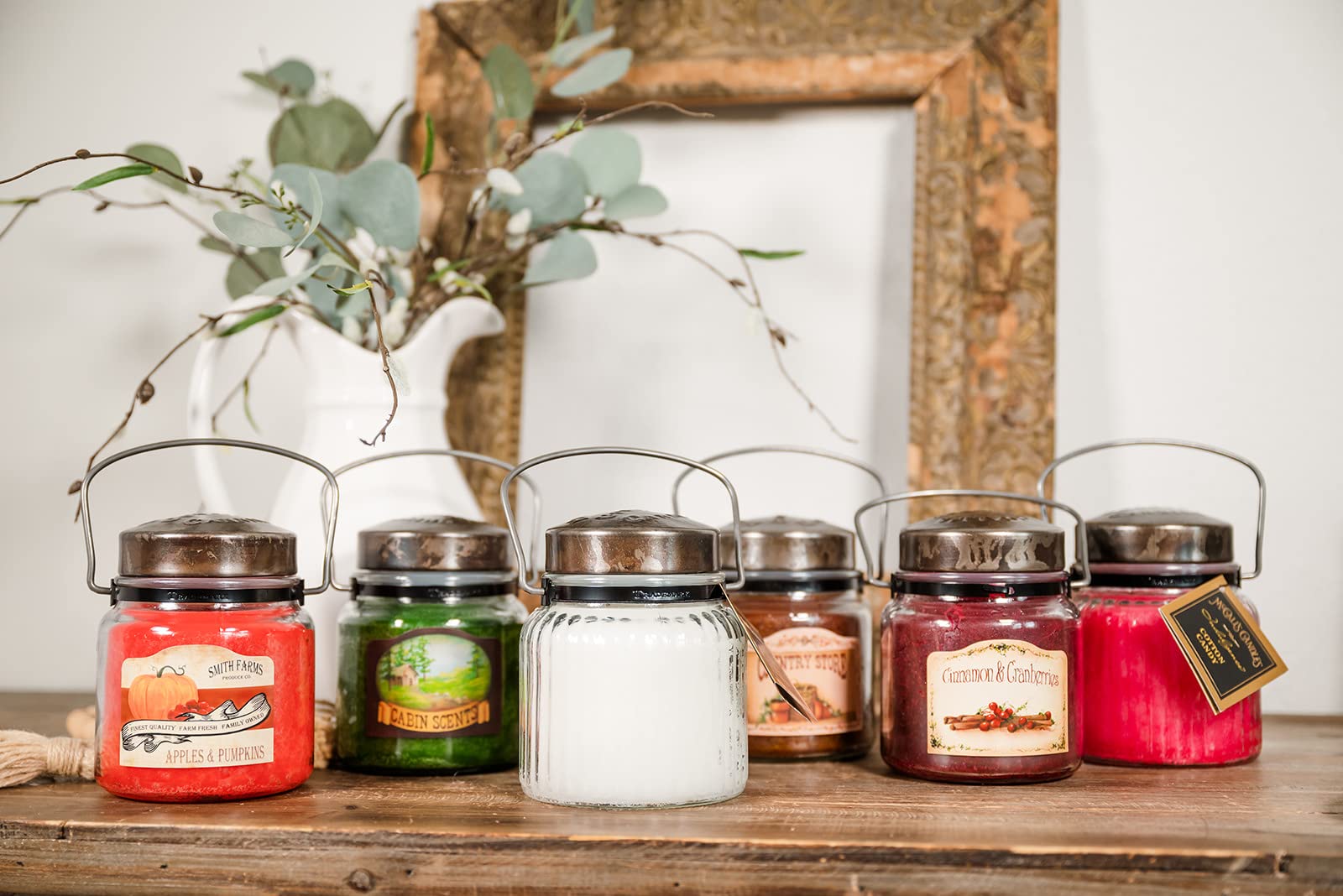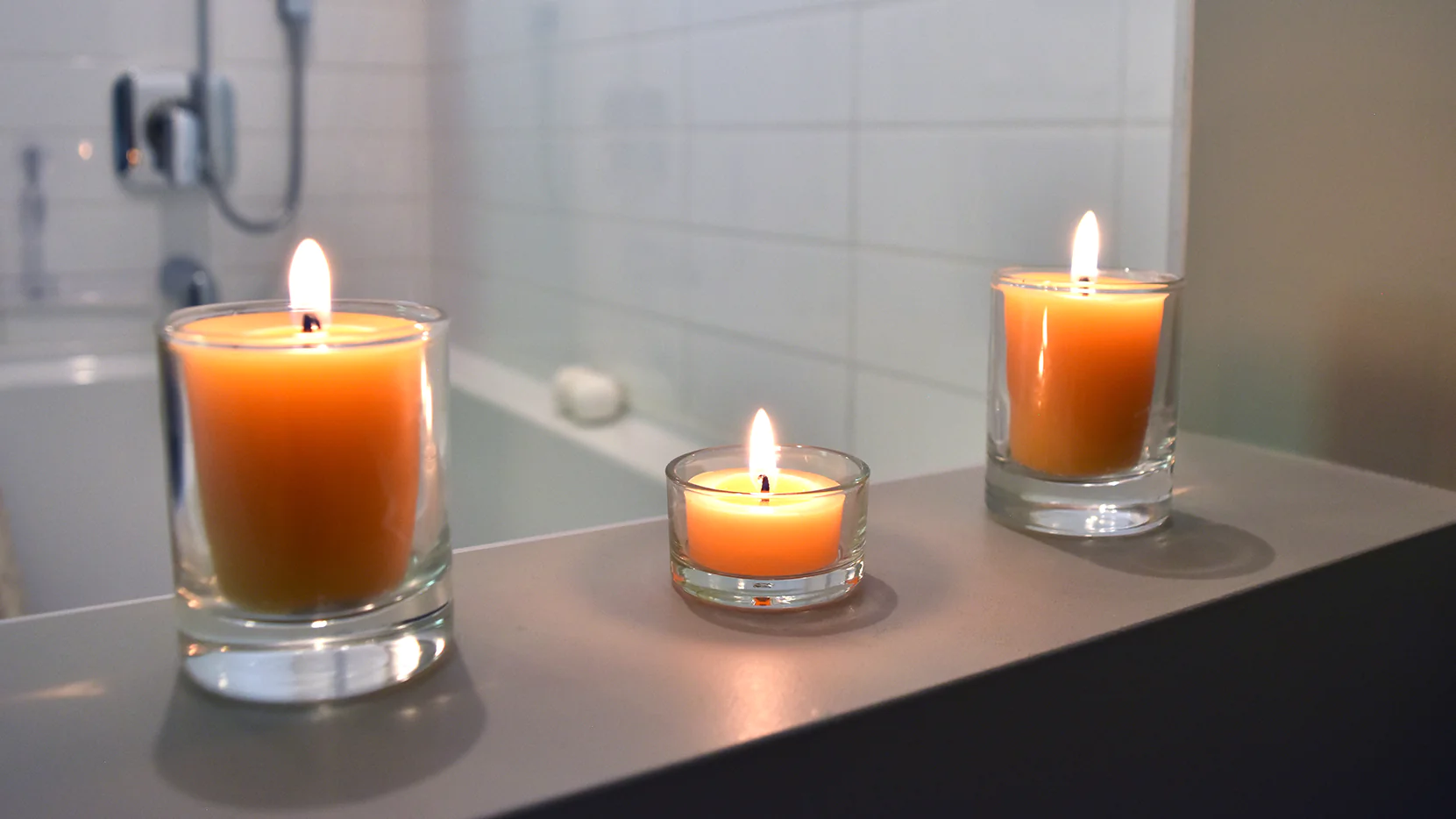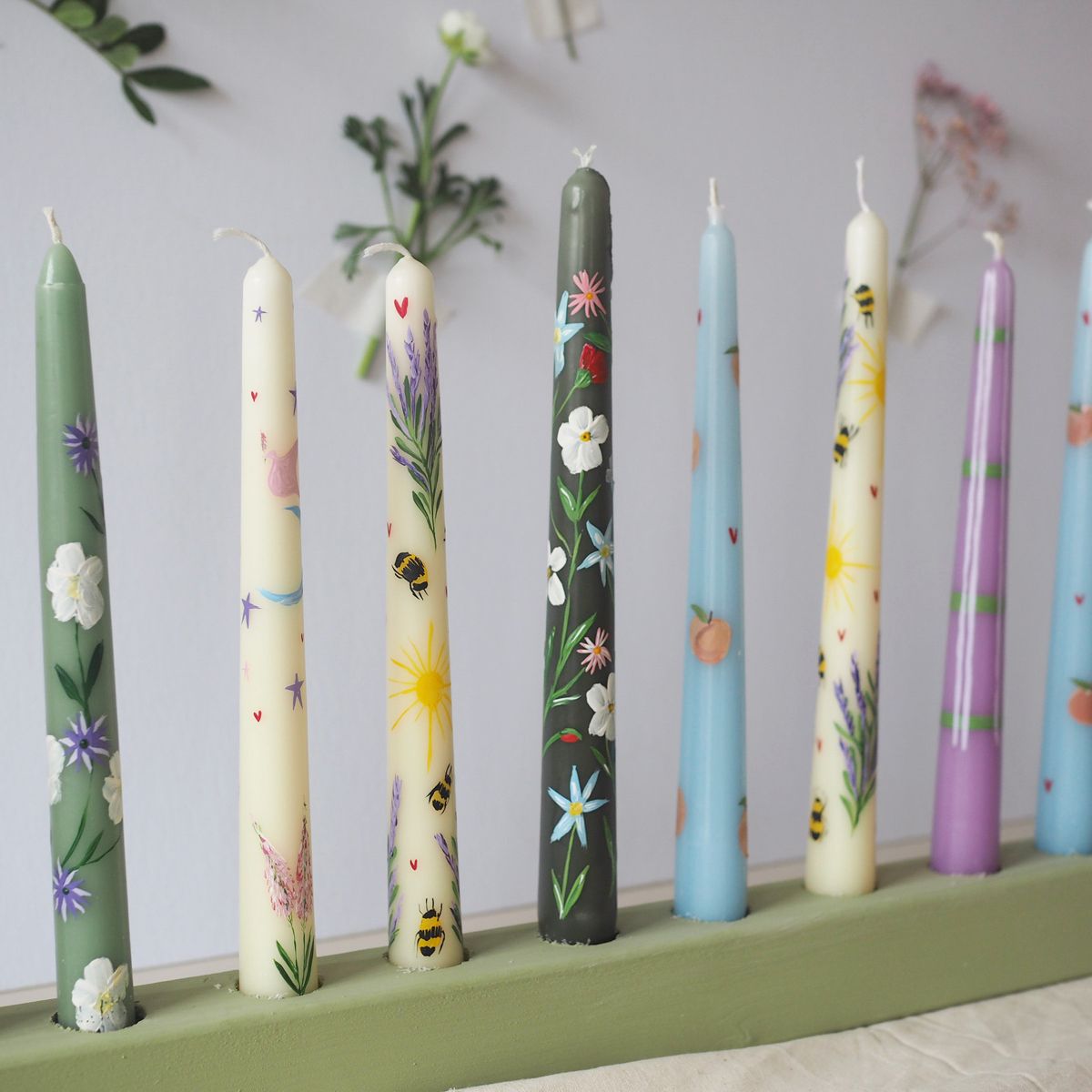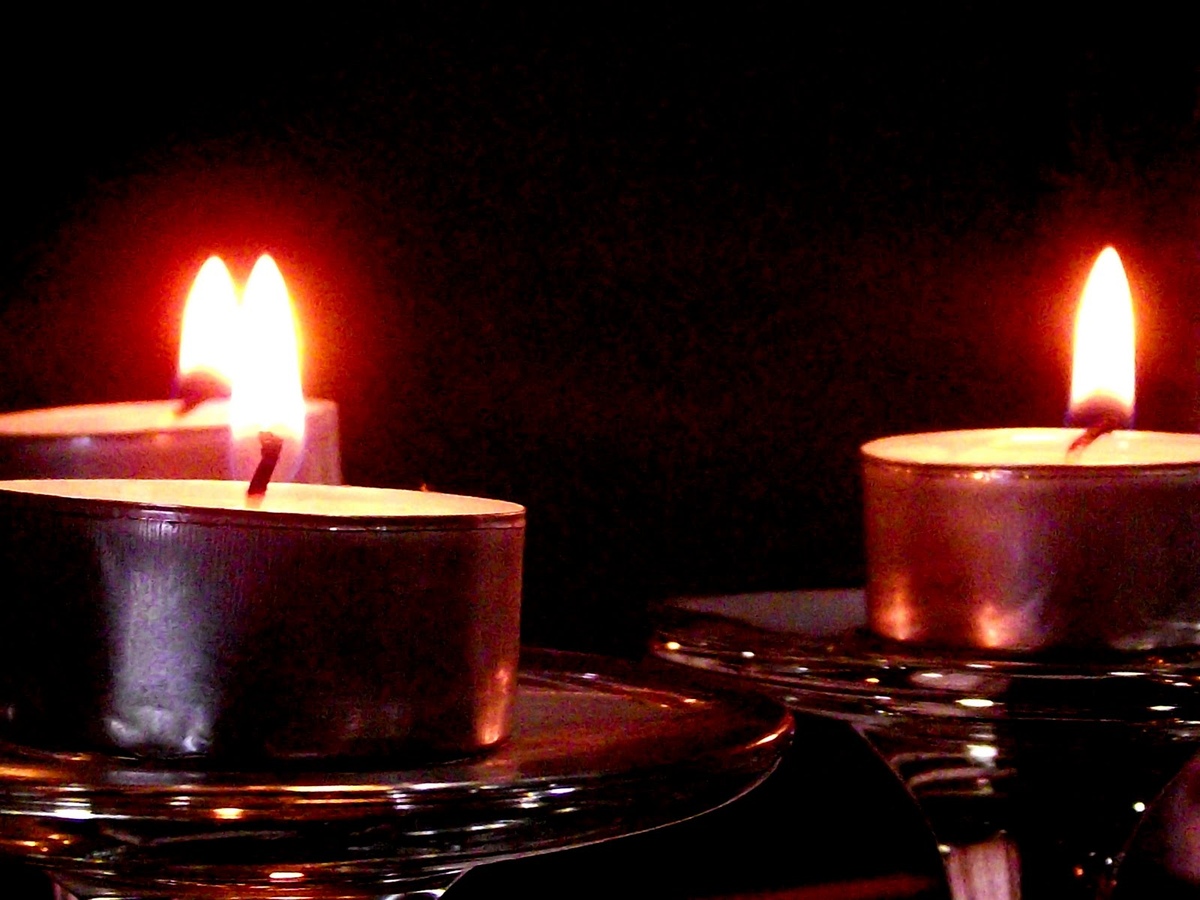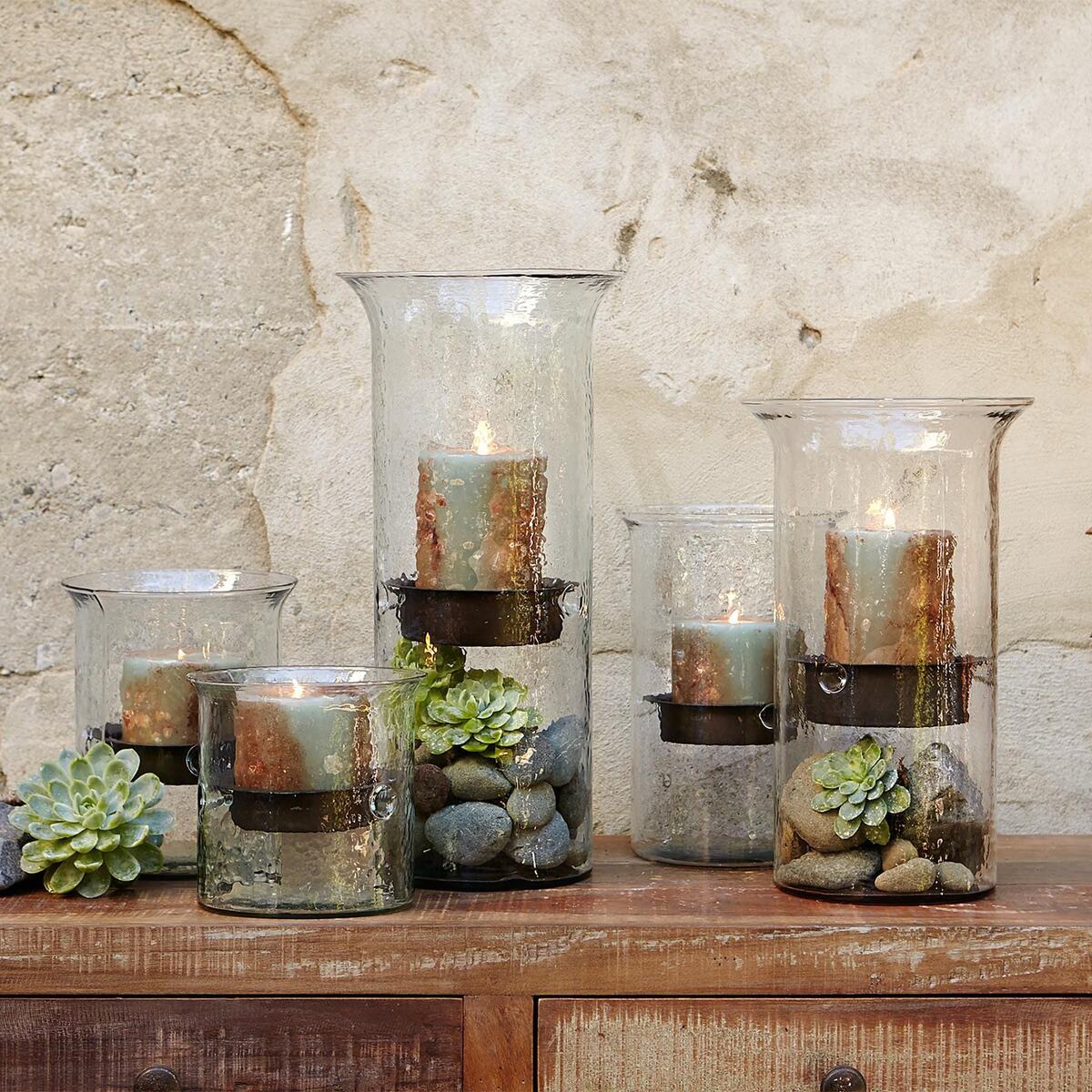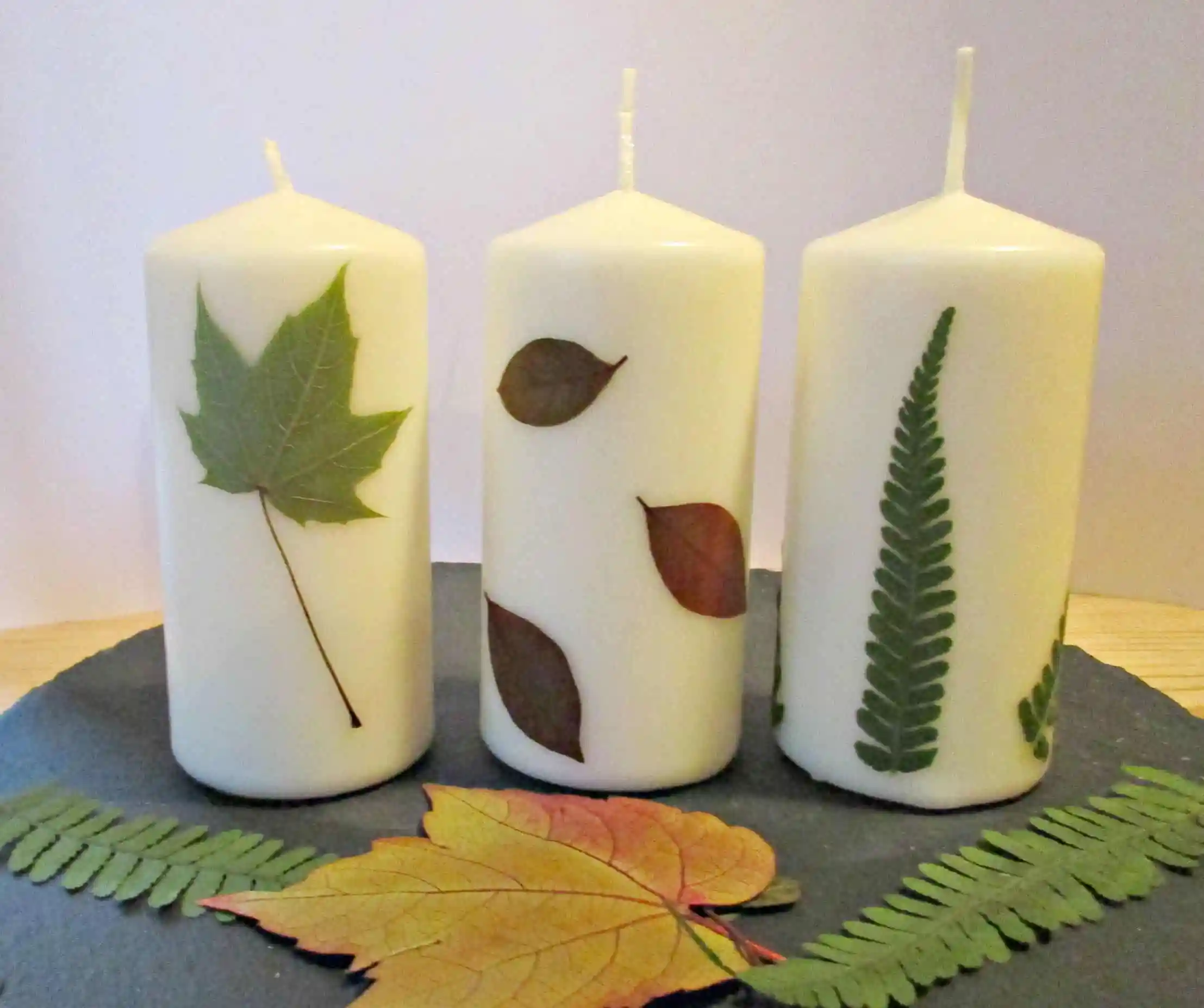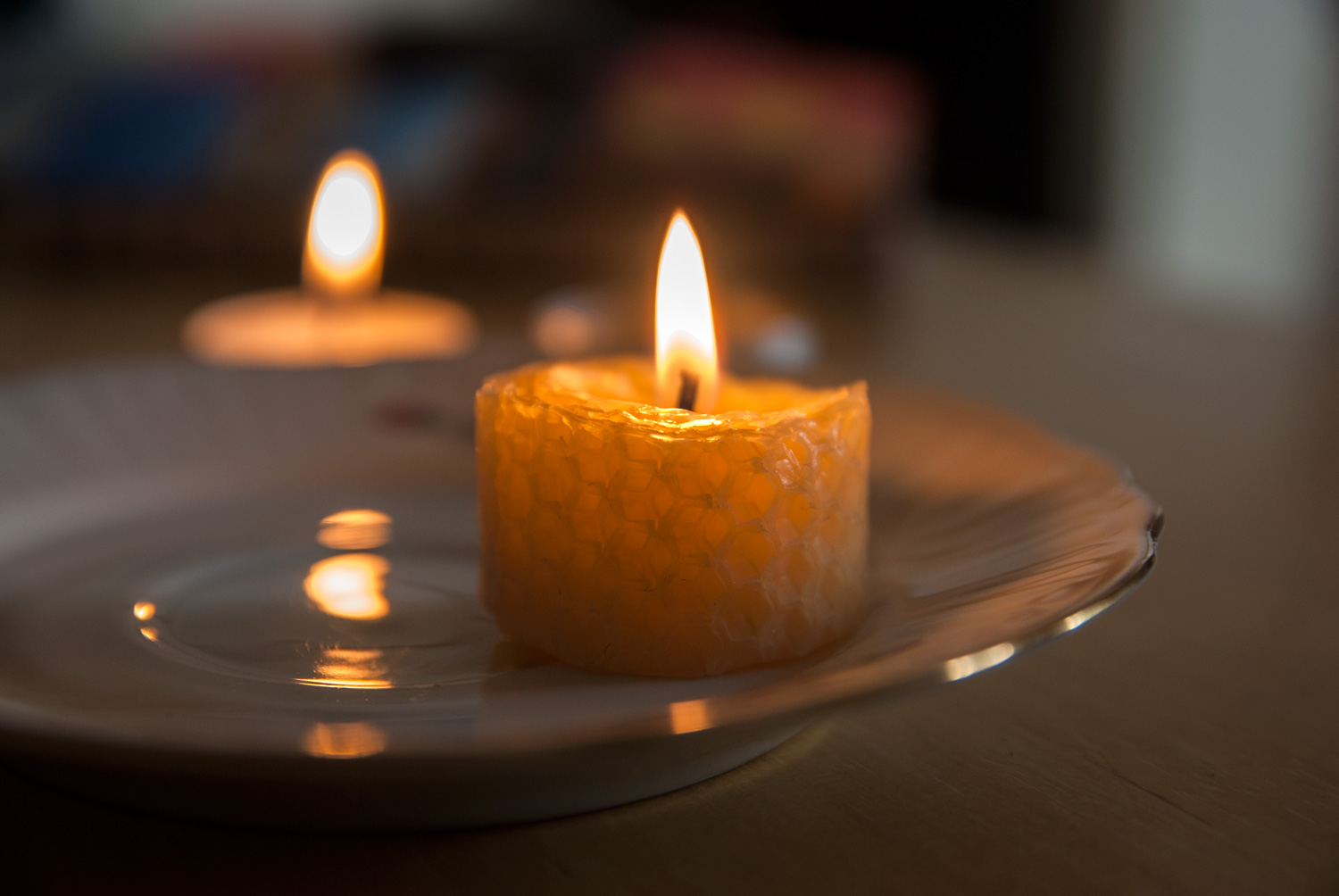

Articles
How Are Candles Toxic
Modified: February 23, 2024
Discover the truth about candles and their toxic effects. Read our informative articles to learn more about the potential dangers of burning candles and how to make safer choices.
(Many of the links in this article redirect to a specific reviewed product. Your purchase of these products through affiliate links helps to generate commission for Storables.com, at no extra cost. Learn more)
Introduction
Candles have been a staple in our homes for centuries, offering a warm and cozy ambiance. We light them during celebrations, romance, or to simply unwind after a long day. However, have you ever stopped to think about the potential toxicity of the candles we burn?
In recent years, concerns have been raised regarding the composition of candles and the health risks associated with their use. Many conventional candles contain chemicals that can release harmful pollutants into the air when burned. These pollutants can negatively impact indoor air quality and, in some cases, pose health risks.
In this article, we delve deeper into the composition of candles and explore the potential toxic chemicals they may contain. We will also discuss the health risks associated with candle burning and how different types of candles can vary in their toxicity levels. Finally, we will provide some helpful tips for reducing the potential toxicity of candles in your home.
By understanding the potential risks associated with candles, we can make more informed choices to minimize exposure to harmful pollutants and create a healthier living environment.
[…]
Key Takeaways:
- Choose natural wax candles like soy, beeswax, or palm wax to minimize indoor air pollution and reduce exposure to toxic chemicals found in conventional paraffin candles.
- Opt for candles scented with essential oils and ensure proper ventilation to create a cozy atmosphere while prioritizing indoor air quality and overall well-being.
Read more: What Size Candles For Candle Holders
Understanding Candle Composition
Before we dive into the potential toxicity of candles, it’s essential to understand their basic composition. Most candles are made up of three main components: wax, a wick, and additives.
Wax: The wax is the primary ingredient in candles and is responsible for fueling the flame. The most common types of wax used in candles include paraffin wax, soy wax, beeswax, and palm wax. Each type of wax has its own set of characteristics and benefits.
Wick: The wick is the part of the candle that ignites and burns. It is typically made of cotton or linen fibers and is required to be lead-free in most countries. The wick plays a crucial role in how the candle burns, including how evenly it melts and how much soot is produced.
Additives: Additives are substances that are added to the wax to enhance certain characteristics of the candle. These can include fragrance oils, colorants, and UV inhibitors, among others. While additives can contribute to the overall performance and aesthetics of the candle, some can also introduce potential toxic chemicals into the equation.
It’s important to note that not all candles are created equal, and the composition can vary greatly depending on the brand and type of candle. Understanding the different components of candles will help us better comprehend the potential toxicity associated with their use.
[…]
Potential Toxic Chemicals in Candles
While candles have long been used to create a soothing atmosphere, certain chemicals present in their composition may pose health risks when burned. The following are some of the potential toxic chemicals found in candles:
- Paraffin: Paraffin wax, derived from petroleum, is the most commonly used wax in conventional candles. However, when paraffin wax is burned, it can release toxic byproducts, such as benzene and toluene, which are known carcinogens.
- Lead and Heavy Metals: In the past, lead-core wicks were commonly used in candles to keep them upright. However, prolonged exposure to burning candles containing lead wicks can release lead particles into the air, which can be harmful when inhaled. Additionally, certain colored candles may contain heavy metals like lead, cadmium, and mercury used as colorants.
- Fragrance Oils: Fragrance oils are often added to candles to give them a pleasant scent. However, many fragrance oils are synthetic and can release volatile organic compounds (VOCs) when burned. These VOCs can contribute to respiratory irritation and other health issues.
The presence of these chemicals in candles highlights the importance of being mindful of the candles we choose to burn in our homes, especially in enclosed spaces.
[…]
Health Risks Associated with Candle Burning
Burning candles, especially those containing potential toxic chemicals, can pose health risks to both adults and children. Here are some of the health concerns associated with candle burning:
- Airway Irritation: When candles burn, they release fine particles and volatile organic compounds (VOCs) into the air. These particles and VOCs can irritate the respiratory system, causing symptoms such as coughing, wheezing, and shortness of breath. Individuals with asthma or other respiratory conditions may be particularly susceptible.
- Allergies and Sensitivities: Fragrance oils and other additives in candles can trigger allergies and sensitivities in some individuals. Common symptoms include headaches, nasal congestion, skin irritations, and watery eyes.
- Indoor Air Quality: Burning candles can contribute to poor indoor air quality, especially in poorly ventilated spaces. The accumulation of pollutants in the air can lead to indoor air pollution, which can have a negative impact on overall health and well-being.
- Fire Hazards: Candles, if left unattended or placed near flammable objects, pose a fire hazard. Accidental fires caused by candles can result in property damage, injuries, or worse.
It is important to note that the severity of these health risks can vary depending on factors such as the duration and frequency of candle burning, the type of candle used, and the ventilation in the area.
[…]
When burning candles, choose ones made from soy or beeswax instead of paraffin, as paraffin candles can release toxic chemicals like benzene and toluene.
Indoor Air Quality Concerns
Indoor air quality plays a crucial role in our overall health and well-being, and burning candles can significantly impact the quality of the air we breathe indoors. Here are some indoor air quality concerns associated with candle burning:
- Pollutant Buildup: When candles burn, they release various pollutants into the air, including particulate matter, volatile organic compounds (VOCs), and soot. These pollutants can accumulate over time, causing indoor air pollution and negatively affecting the health of occupants.
- Soot Deposition: Soot, which is black carbon particles released by burning candles, can settle on surfaces within the room where candles are burned. This soot can be difficult to clean and may contain harmful chemicals and heavy metals from the candle’s composition.
- Incomplete Combustion: Poorly-formulated candles or candles with wicks that are too long can result in incomplete combustion. This can lead to the production of more soot and potentially higher levels of VOCs, contributing to reduced indoor air quality.
- Petroleum-Derived Chemicals: Conventional candles made from paraffin wax, a petroleum-derived product, can release toxic chemicals like benzene and toluene into the air when burned. These chemicals can have detrimental effects on indoor air quality and pose health risks.
To maintain a healthier indoor environment, it is essential to be aware of these indoor air quality concerns and take steps to minimize the potential impact of candle burning.
[…]
Read more: How To Clean Candles
The Impact of Candle Types on Toxicity
The toxicity of candles can vary depending on the type and materials used. Here’s a look at how different types of candles can impact their toxicity levels:
- Paraffin Candles: Paraffin candles, which are made from petroleum, have been the traditional choice for many years. However, when burned, they can release potentially toxic chemicals such as benzene and toluene into the air. These chemicals have been linked to respiratory issues and may pose health risks.
- Soy Candles: Soy candles are gaining popularity as a natural and eco-friendly alternative to paraffin candles. Made from soybean oil, these candles have a lower soot emission and do not release the same toxic chemicals as paraffin candles. They offer a cleaner and healthier burning experience.
- Beeswax Candles: Beeswax candles are another natural option known for their warm glow and pleasant honey-like scent. These candles release very minimal soot when burned and do not emit toxic chemicals. They are considered to be one of the cleanest burning candle options.
- Palm Wax Candles: Palm wax candles are made from palm oil, which comes from the fruit of the oil palm tree. They are a renewable and eco-friendly choice. However, it is essential to ensure that the palm oil used is sustainably sourced to avoid contributing to deforestation and habitat destruction.
- Essential Oil Candles: Essential oil candles are made with natural plant-based essential oils for fragrance instead of synthetic fragrance oils. They offer a more natural aroma and do not release the same level of VOCs as candles with synthetic fragrances.
While soy, beeswax, palm wax, and essential oil candles may be considered healthier options, it’s important to note that additives and wick materials can still play a role in the overall toxicity. Opting for candles that are free from synthetic fragrances, lead-free wicks, and other potential harmful additives can further reduce the toxicity level.
[…]
Tips for Reducing Candle Toxicity
While the potential toxicity of candles may be a concern, there are steps you can take to minimize the risks and enjoy candlelight with peace of mind. Here are some tips for reducing candle toxicity:
- Choose Natural Wax: Opt for candles made from natural waxes like soy, beeswax, or palm wax. These options are generally considered to be cleaner and have lower toxicity levels compared to conventional paraffin candles.
- Avoid Synthetic Fragrances: Synthetic fragrance oils can release volatile organic compounds (VOCs) when burned. Look for candles scented with essential oils or labeled as fragrance-free to avoid the potential health risks associated with synthetic fragrances.
- Check for Lead-Free Wicks: Ensure that the candles you choose have lead-free wicks. Lead wicks have been phased out, but it’s always good to double-check for added safety.
- Trim the Wick: Keep the wick of your candle trimmed to around ¼ inch before each use. This helps promote a cleaner burn and reduces the amount of soot and pollutants released into the air.
- Burn Candles in Well-Ventilated Areas: Ensure proper ventilation when burning candles. Open windows or use fans to improve the airflow and reduce the concentration of pollutants in the air.
- Use Candle Accessories: Consider using candle accessories like candle shades or covers to help control the release of soot and pollutants into the air. These accessories can also enhance the safety and performance of your candles.
- Monitor Burning Time: Avoid burning candles for extended periods. Limit the burning time to a few hours at a time to prevent excessive buildup of pollutants in the air.
- Consider Alternatives: Explore alternative ways to create a cozy atmosphere without burning candles. Options like LED candles, essential oil diffusers, or natural room sprays can provide a pleasing ambiance without the potential toxicity.
By following these tips, you can reduce the potential toxicity of candles while still enjoying the warm glow and relaxing atmosphere they provide.
[…]
Conclusion
Candles have long been cherished for their ability to create a calming and inviting atmosphere. However, it’s important to be aware of the potential toxicity associated with burning certain candles. The composition of candles can vary greatly, and some types may release harmful chemicals and pollutants into the air when burned.
By understanding the potential health risks and taking steps to minimize candle toxicity, we can continue to enjoy the comforting glow of candles while maintaining a healthier living environment.
Choosing candles made from natural waxes like soy, beeswax, or palm wax, and opting for those scented with essential oils, can help reduce exposure to toxic chemicals. Additionally, checking for lead-free wicks, trimming the wick before each use, and ensuring proper ventilation during candle burning are important precautions to take.
While candles can enhance the ambiance of our homes, it’s also worth considering alternatives such as LED candles, essential oil diffusers, or natural room sprays that can provide a similar atmosphere without the potential toxicity.
Remember, the key is to make informed choices and prioritize our indoor air quality and overall well-being. By taking these steps, we can continue to enjoy the warm and cozy glow of candles while minimizing the potential risks associated with their use.
[…]
Frequently Asked Questions about How Are Candles Toxic
Was this page helpful?
At Storables.com, we guarantee accurate and reliable information. Our content, validated by Expert Board Contributors, is crafted following stringent Editorial Policies. We're committed to providing you with well-researched, expert-backed insights for all your informational needs.
